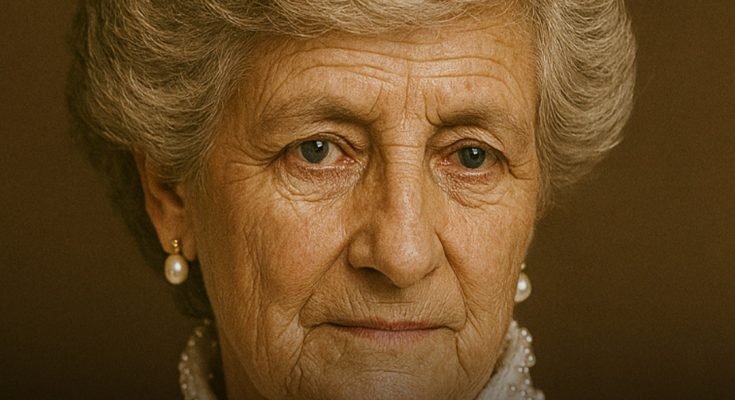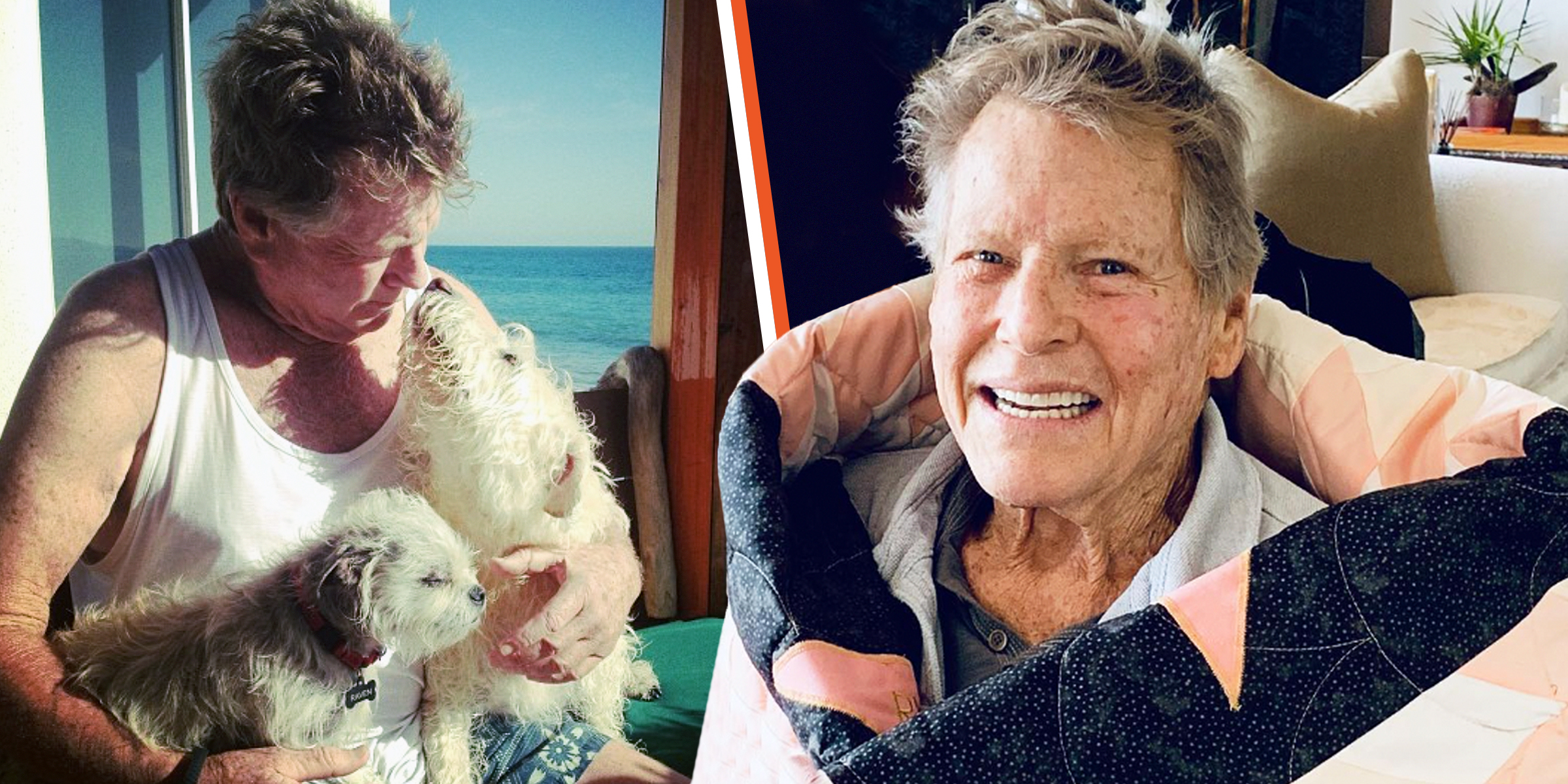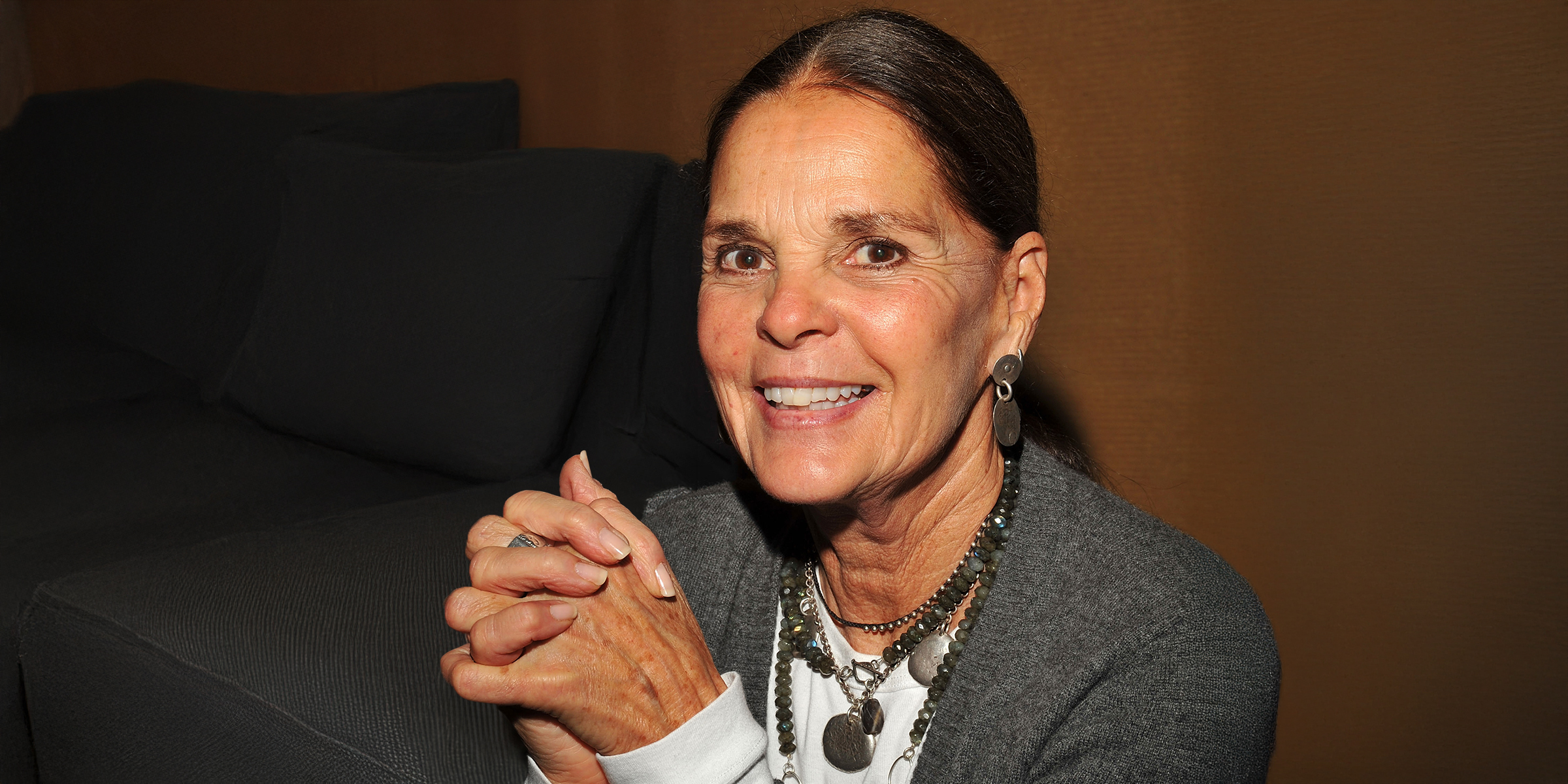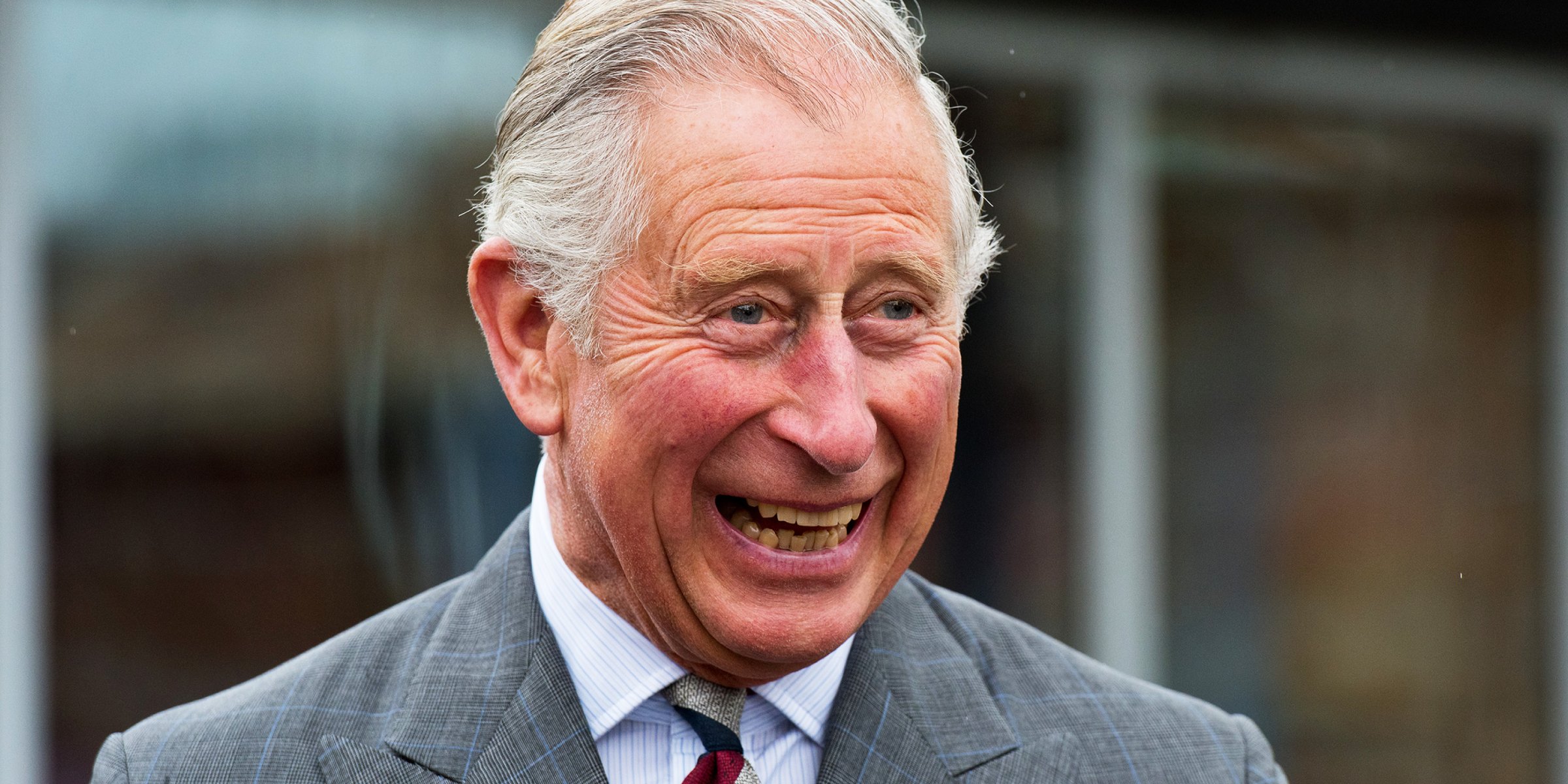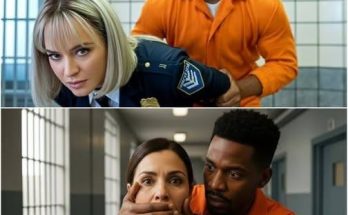What if Princess Diana and two other beloved stars had lived to old age? AI-generated portraits offer a moving glimpse into what might have been — showing how these iconic figures could have looked had their lives not ended so soon.
Some faces are etched into the public’s memory not just for their fame, but for the way their stories ended far too early. Princess Diana was more than royalty; she was a symbol of grace and compassion. Alongside her were Hollywood stars the world tragically lost as well.
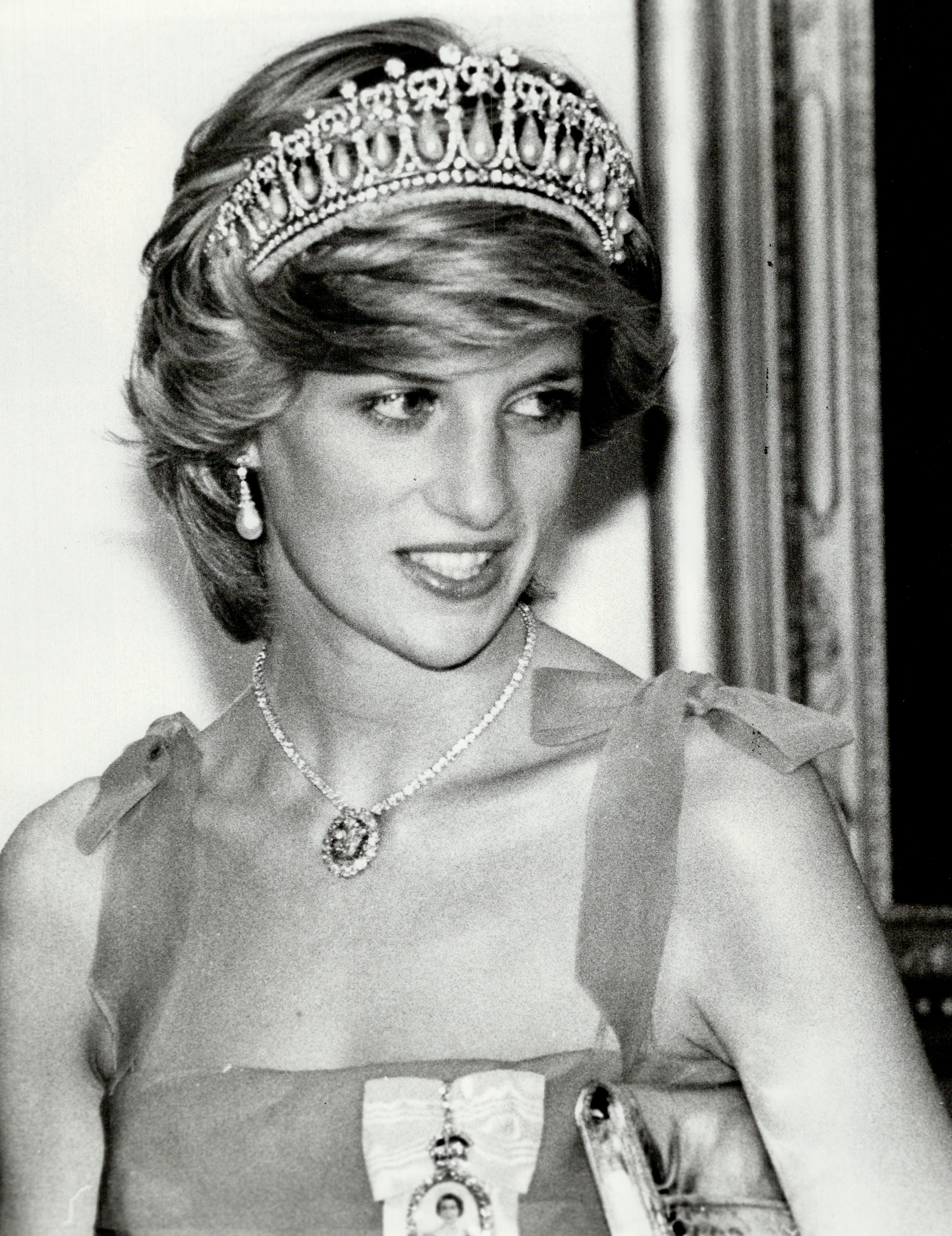
Princess Diana circa 1983. | Source: Getty Images
But what if they hadn’t died so soon? Thanks to AI-generated imagery, we’re offered a new way to remember them. Continue reading to see how these iconic figures could have looked if they were still alive today.

Diana, Princess of Wales at a Vanity Fair party at the Serpentine Gallery on November 20, 1994, in London, England. | Source: Getty Images
Princess Diana
After marrying the then Prince Charles in July 1981, Diana Spencer’s life became a constant fixture in the tabloids. As the Princess of Wales, every aspect of her world was relentlessly scrutinized by the public and press alike.
Following the pair’s separation on Saturday, August 30, 1997, Princess Diana and her rumored boyfriend, Egyptian billionaire Emad “Dodi” Fayed, arrived in Paris after spending 10 days on the French Riviera.
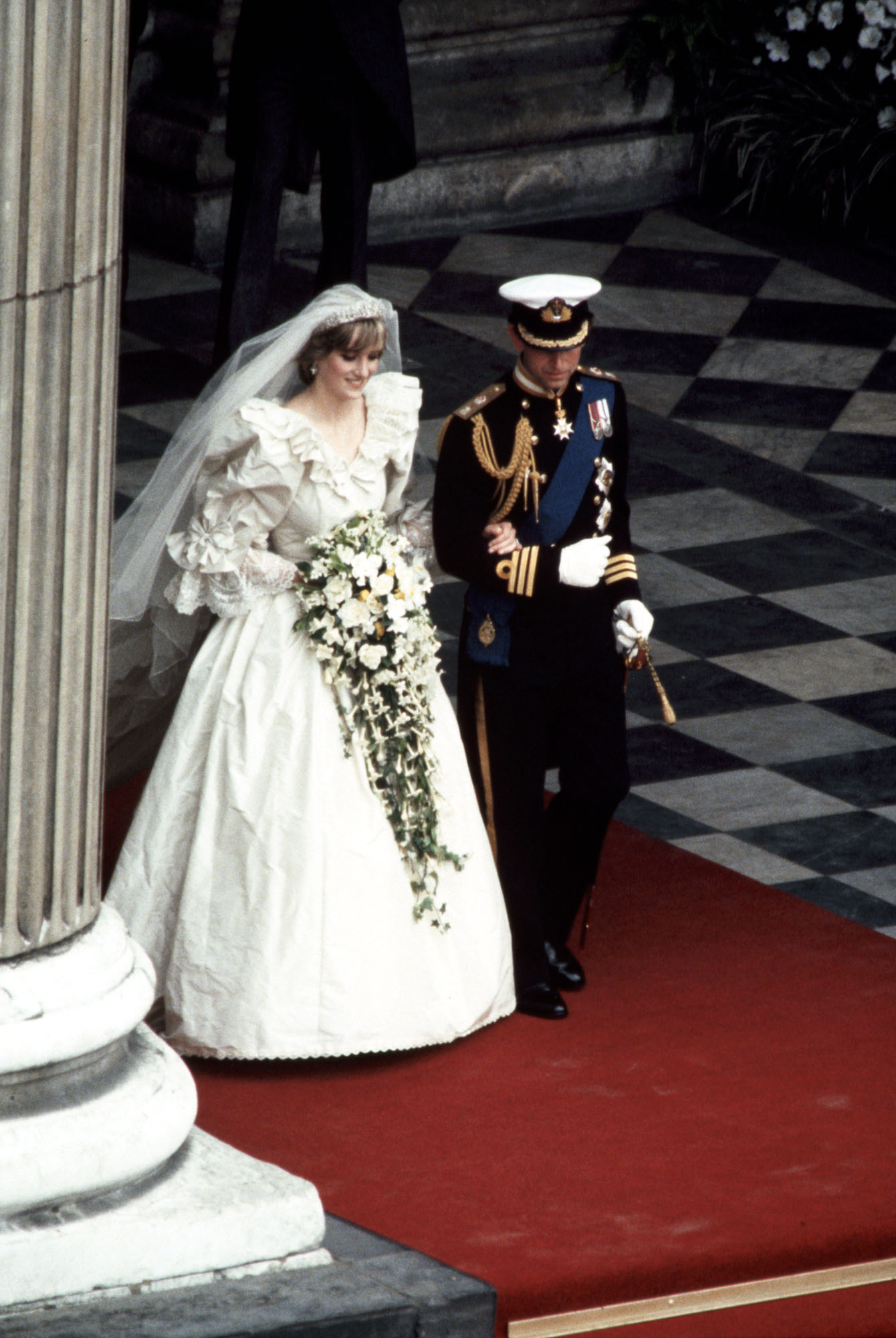
Prince Charles and Diana, Princess of Wales photographed on their wedding day on July 29, 1981. | Source: Getty Images
That evening, they dined in a private salon at the Ritz Hotel — a property owned at the time by Fayed’s father, Mohammed Al-Fayed, who also owned Harrods in London.
Just after midnight on Sunday, the alleged couple left the hotel and entered a waiting Mercedes-Benz, reportedly en route to Fayed’s private residence in Paris.
Their driver, Henri Paul, was said to be speeding — driving at approximately 70 mph in a zone limited to 30 — when he entered the tunnel at Pont de l’Alma. Paul then lost control of the vehicle, which crashed into a pillar in the middle of the road. Both he and Fayed died at the scene.
The princess, still alive, was rushed to Pitié-Salpêtrière Hospital with a concussion, a broken arm, and a thigh wound — but more critically, severe chest trauma.
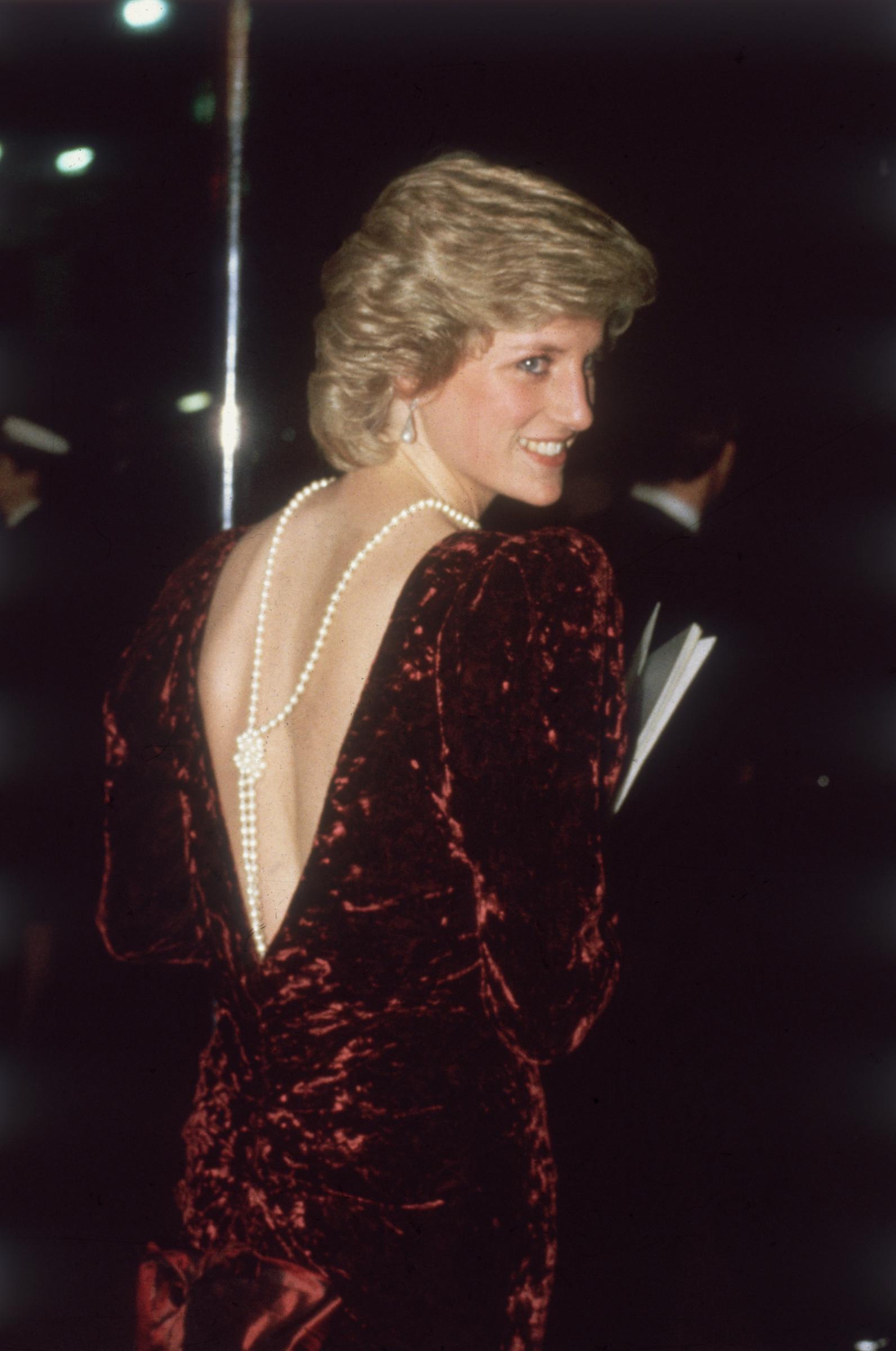
Princess Diana at the premiere of “Back to the Future” in 1985. | Source: Getty Images
For two hours, doctors attempted to restart her heart. Despite their efforts, she never regained consciousness and was pronounced dead from internal bleeding at 4:53 a.m. on August 31.
Among the last people to see her alive was Dr. Frédéric Mailliez, a French emergency physician who had been driving home from a party that night.
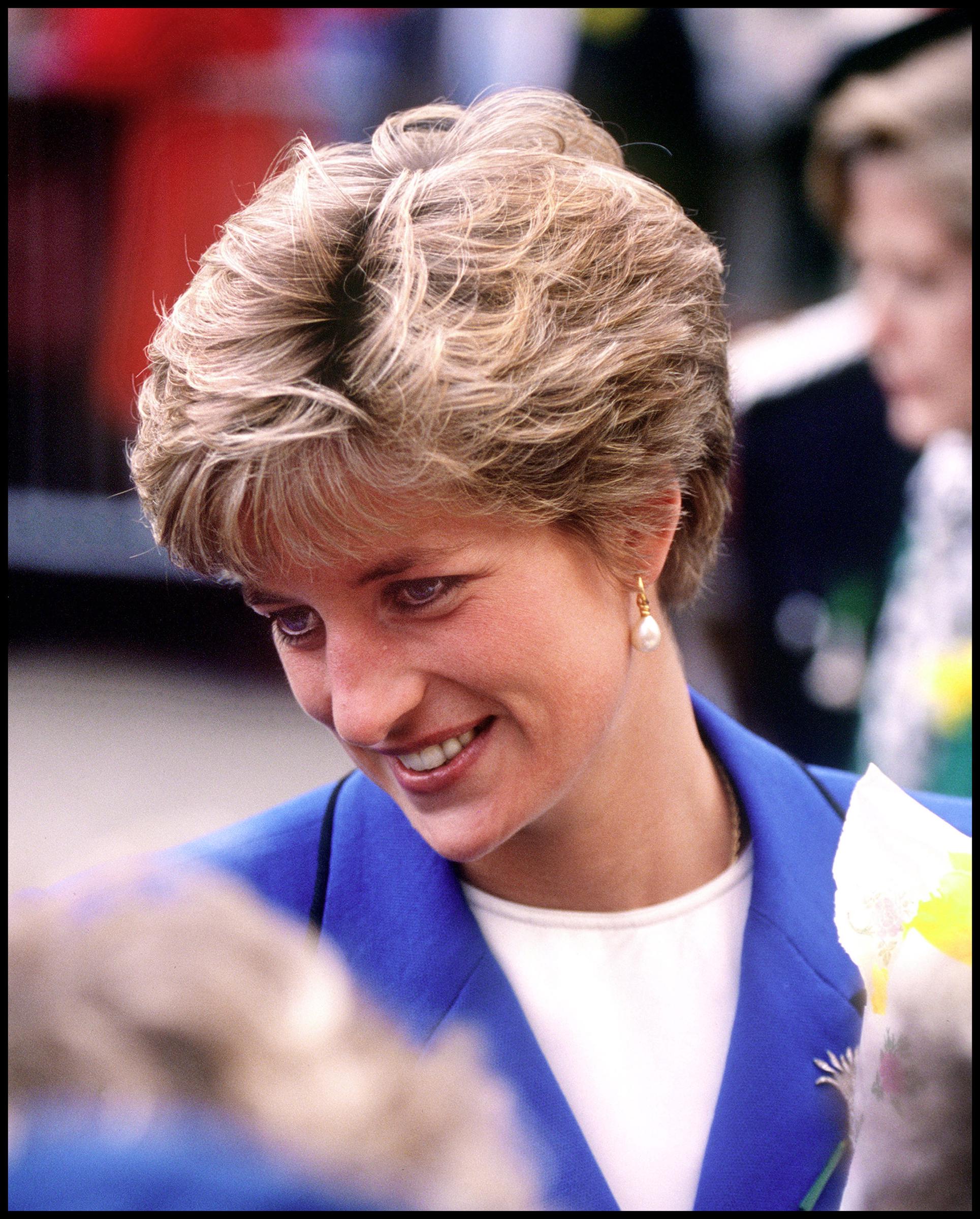
Diana, Princess of Wales visiting Llandaff Cathedral in Wales in March 1991. | Source: Getty Images
As he entered the tunnel, he came upon the wreckage — a smoking car, nearly torn in half. Without knowing who was inside, Mailliez rushed to help. He recalled:
“I walked toward the wreckage. I opened the door, and I looked inside. Four people, two of them were apparently dead, no reaction, no breathing, and the two others, on the right side, were living but in severe condition.”
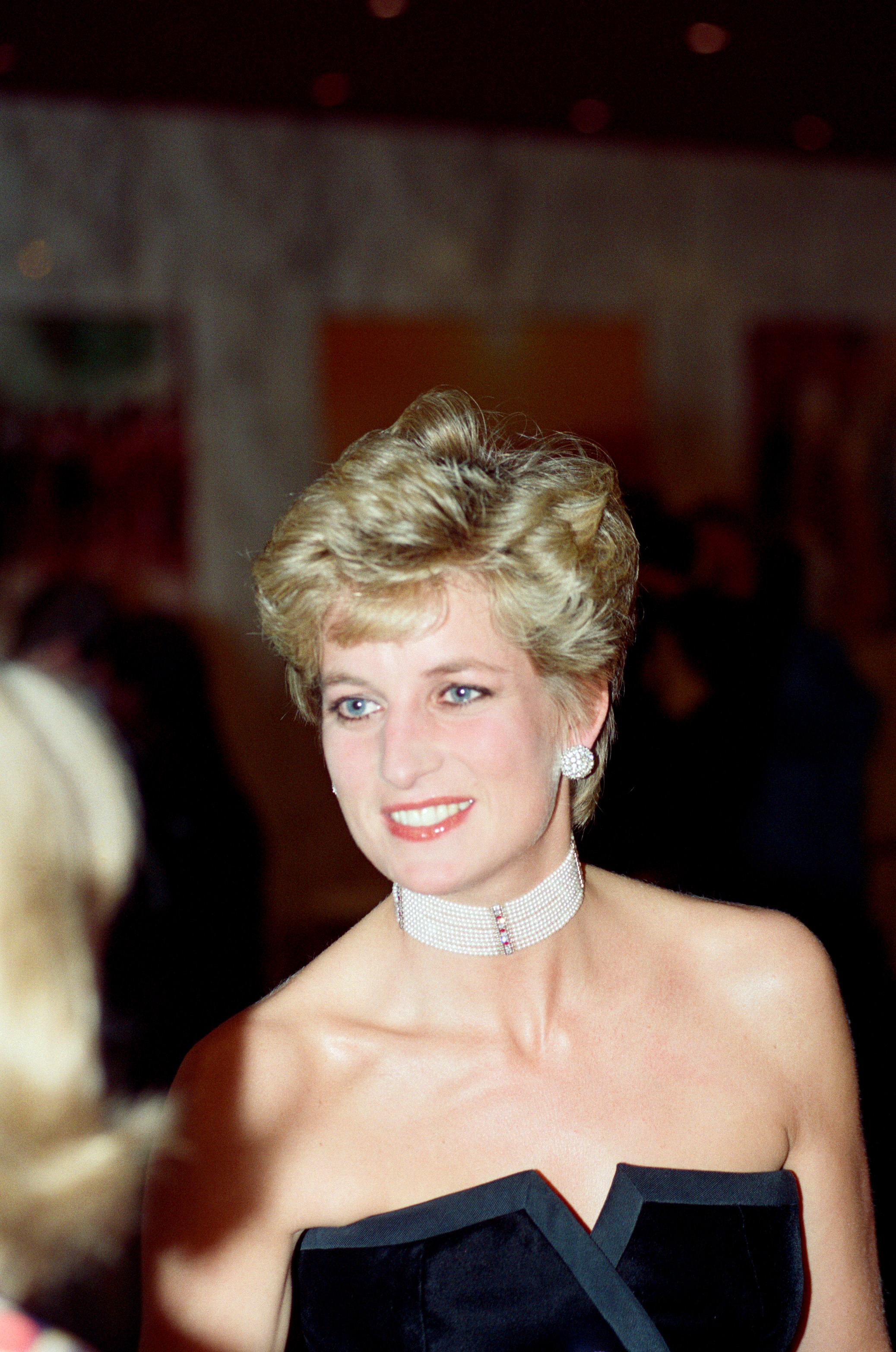
Princess Diana at the Royal Gala premiere of “1492 – Conquest of Paradise” at The Empire Leicester Square on October 19, 1992, in London, England. | Source: Getty Images
At the time, he had no idea that the woman he was trying to save was one of the most photographed and adored figures in the world. “I realized she was very beautiful, but my attention was so focused on what I had to do to save her life, I didn’t have time to think, who was this woman,” he admitted.
Firefighters soon arrived, and Princess Diana was transported to the hospital. The next few hours would confirm what millions hoped they wouldn’t hear — the Princess of Wales had died.
Had she lived, Princess Diana would have turned 64 in 2025. AI-generated images created to imagine her as an older woman offer a haunting glimpse of what might have been.
One image shows her in a regal cream gown adorned with pearls, her expression calm and dignified beneath a sparkling tiara — a look befitting someone who might have aged into a modern matriarch of the monarchy.
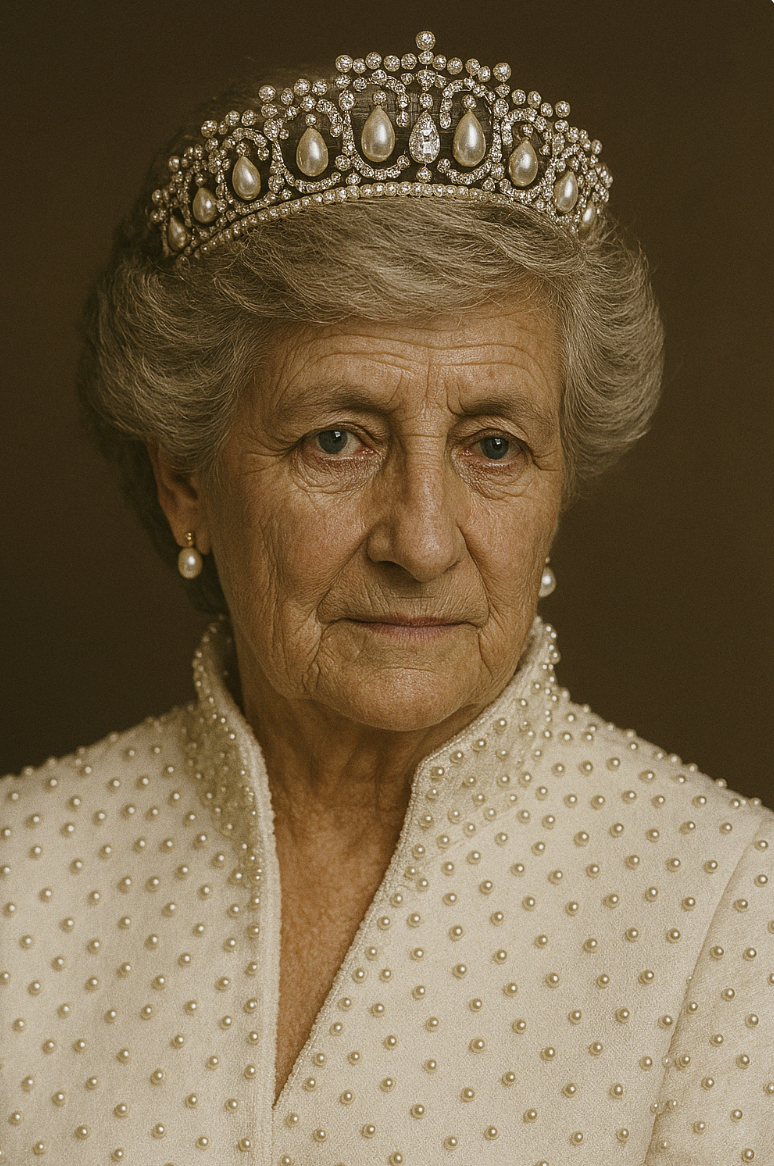
An imagined elderly Princess Diana exudes grace in a pearl-adorned gown and tiara. | Source: AI
Another captures her in a crisp white suit, hands clasped gently, exuding the grace and quiet confidence that defined her public appearances. In a third, she stands in an elegant blue evening gown, her posture upright, her gaze steady — still commanding decades on.
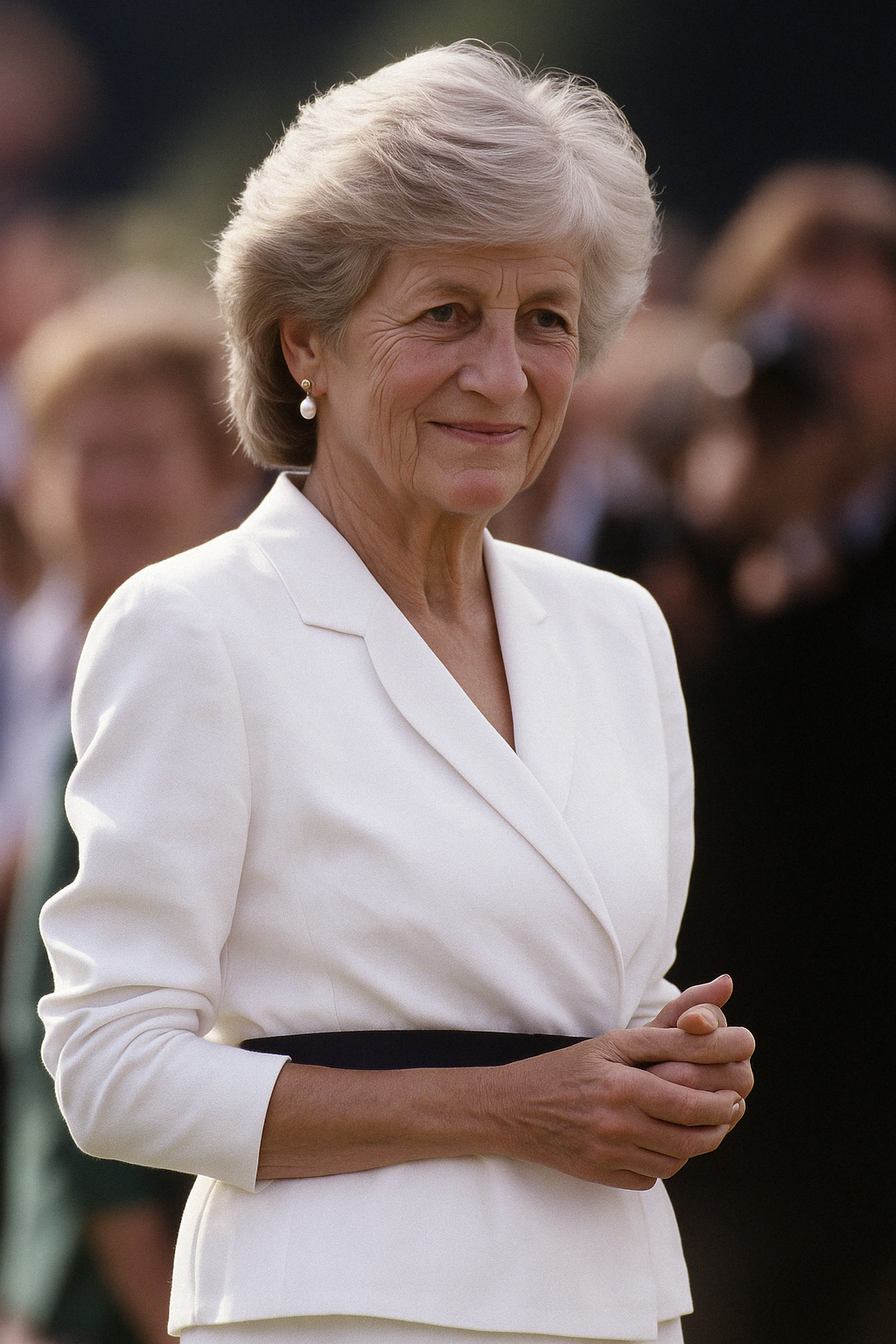
Princess Diana pictured as a poised elder in a crisp white suit, radiating calm confidence. | Source: AI
And in yet another, she radiates joy in a black off-the-shoulder dress, her iconic sapphire choker nestled at her throat, smiling mid-step as if on her way to greet an adoring crowd.
These imagined portraits reveal softly aging features — high cheekbones still prominent, eyes that hold the same warmth that once captivated the world, and a smile that time could never dull.
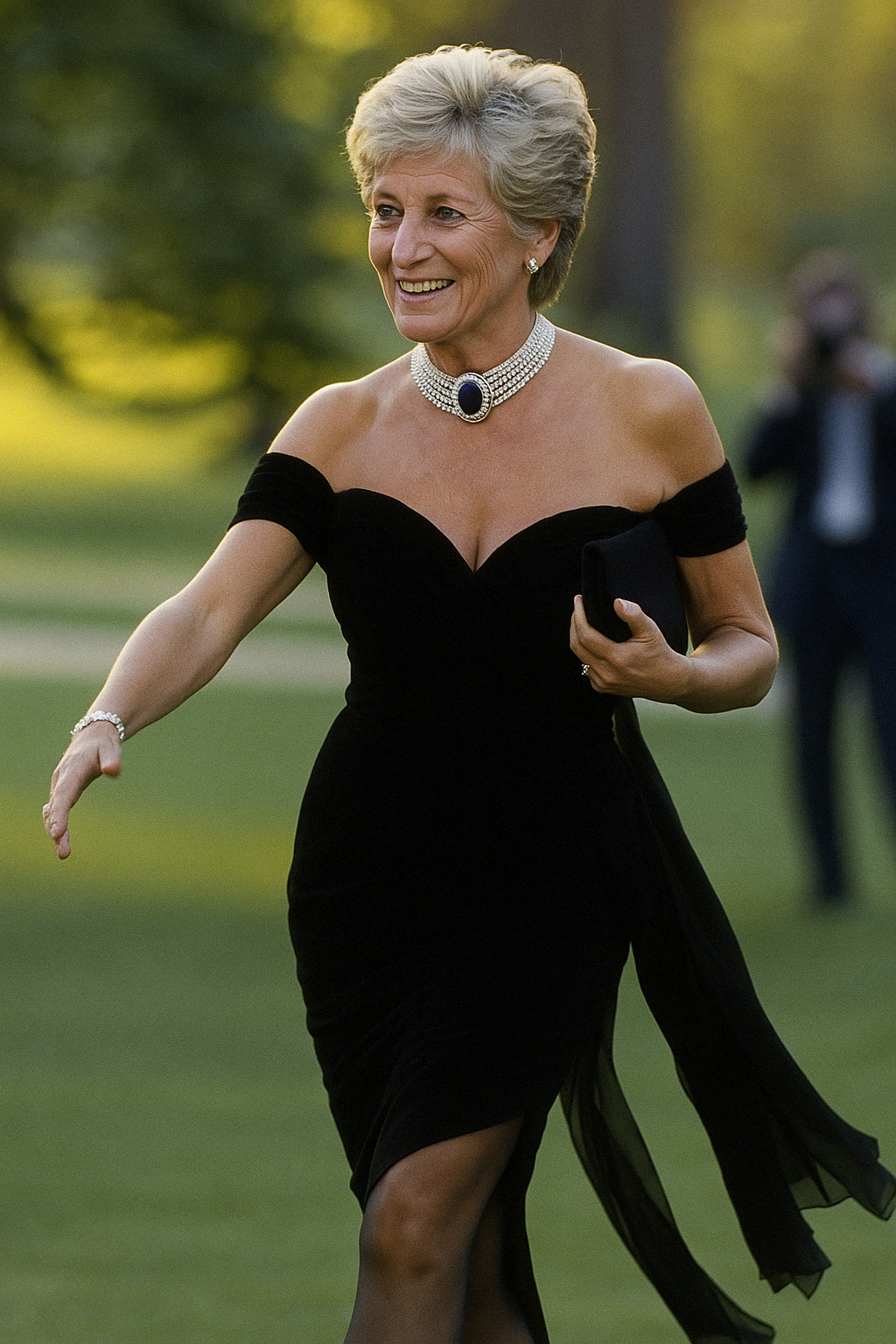
A joyful glimpse at an older Princess Diana, smiling brightly in a classic black gown and sapphire choker. | Source: AI
Her signature blond hair, now streaked with silver, frames a face that has grown more serene with age. The years appear to have deepened her quiet strength rather than diminished it.
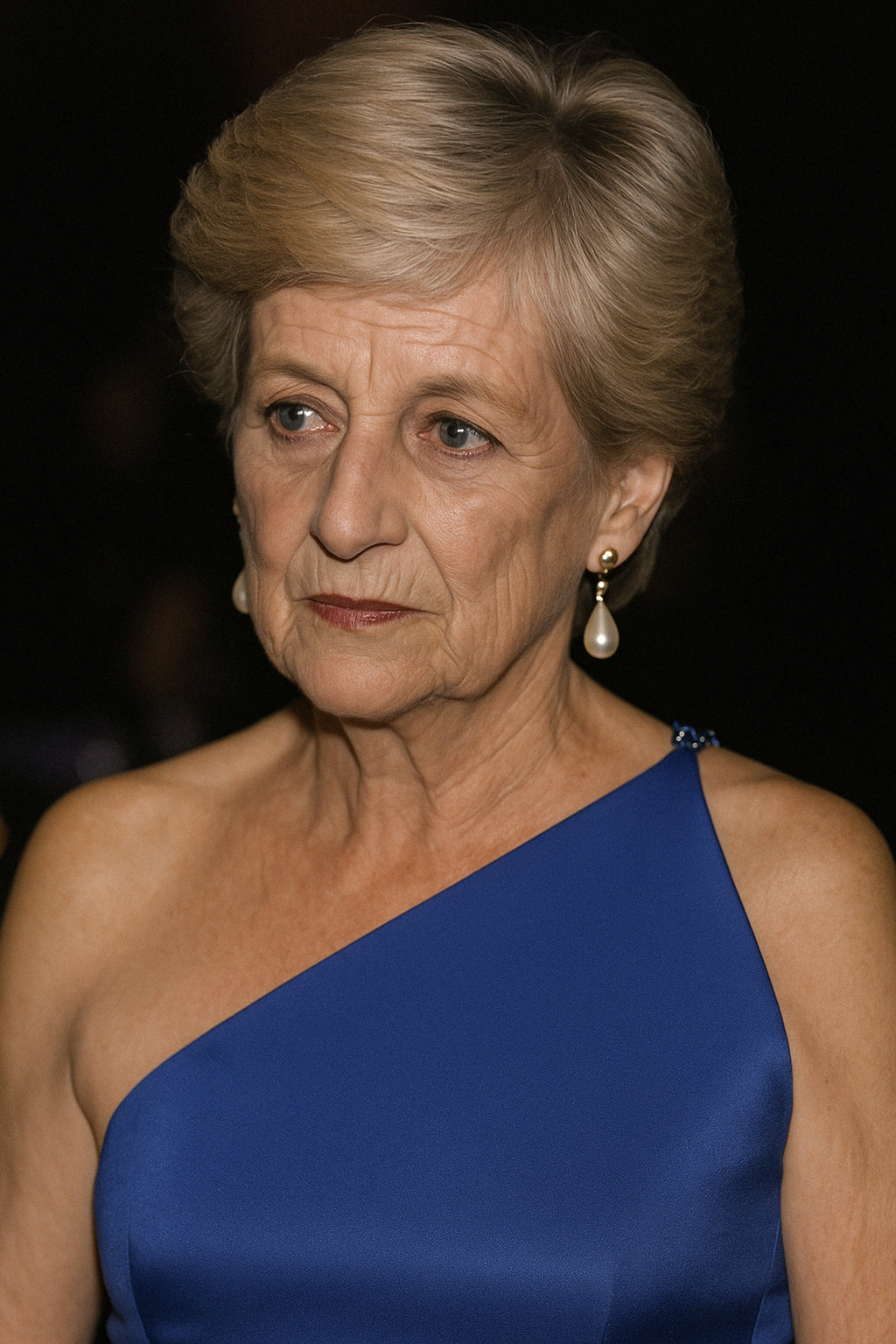
An older Princess Diana appears elegant and composed in a deep blue evening gown. | Source: AI
Farrah Fawcett
Before she became a television icon, Farrah Fawcett was already a standout — a fresh face with undeniable charisma and a signature smile that lit up every screen she appeared on.
She rose to international fame in the 1970s through her breakout role in the hit series “Charlie’s Angels,” where she played private investigator Jill Munroe.
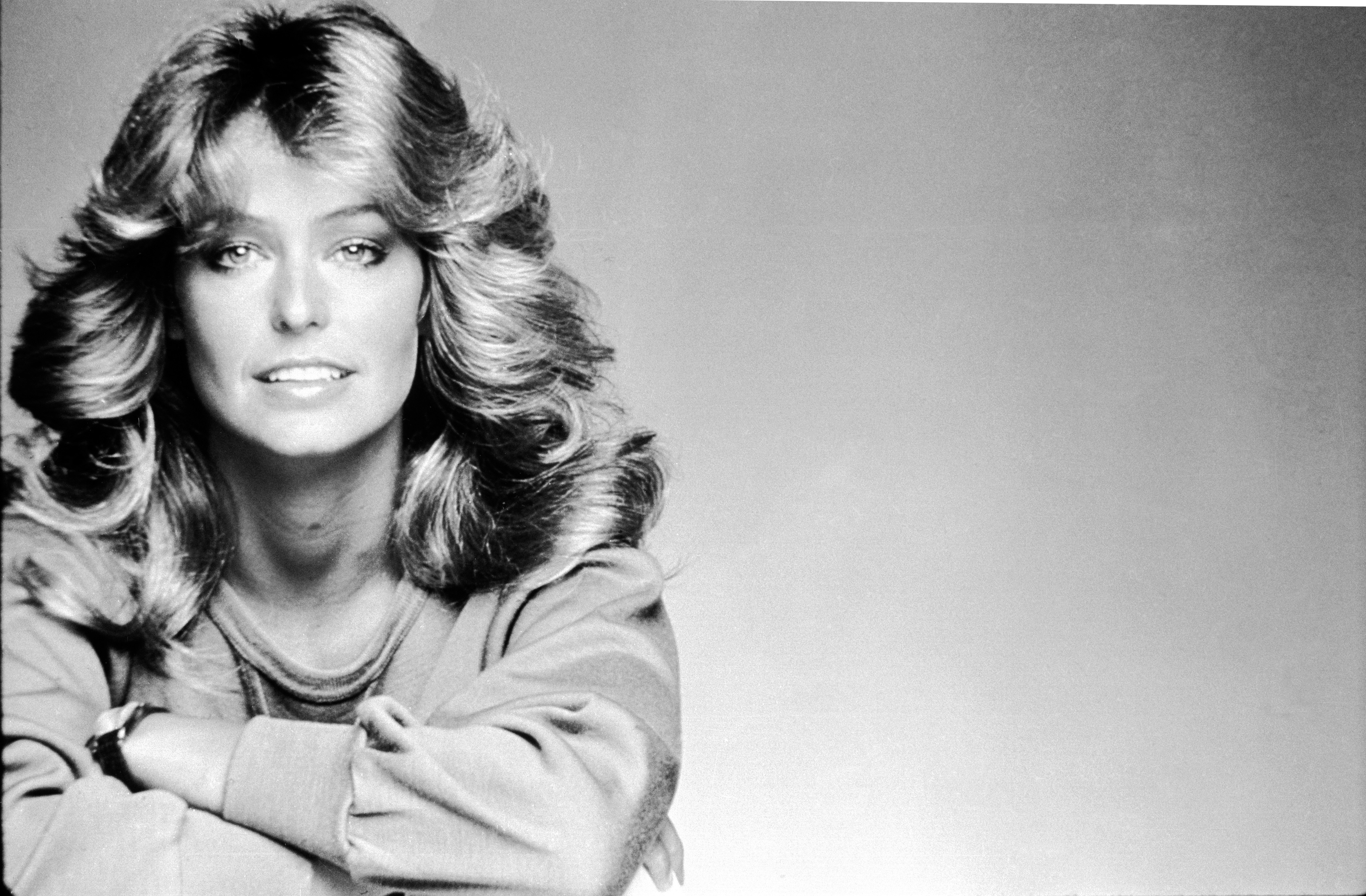
Farrah Fawcett on the set of “Charlie’s Angels” circa 1970s. | Source: Getty Images
Sadly, on June 25, 2009, the actress passed away in Los Angeles at 62 following a grueling battle with cancer. In a public statement, her longtime partner Ryan O’Neal said:
“Although this is an extremely difficult time for her family and friends, we take comfort in the beautiful times that we shared with Farrah over the years and the knowledge that her life brought joy to so many people around the world.”
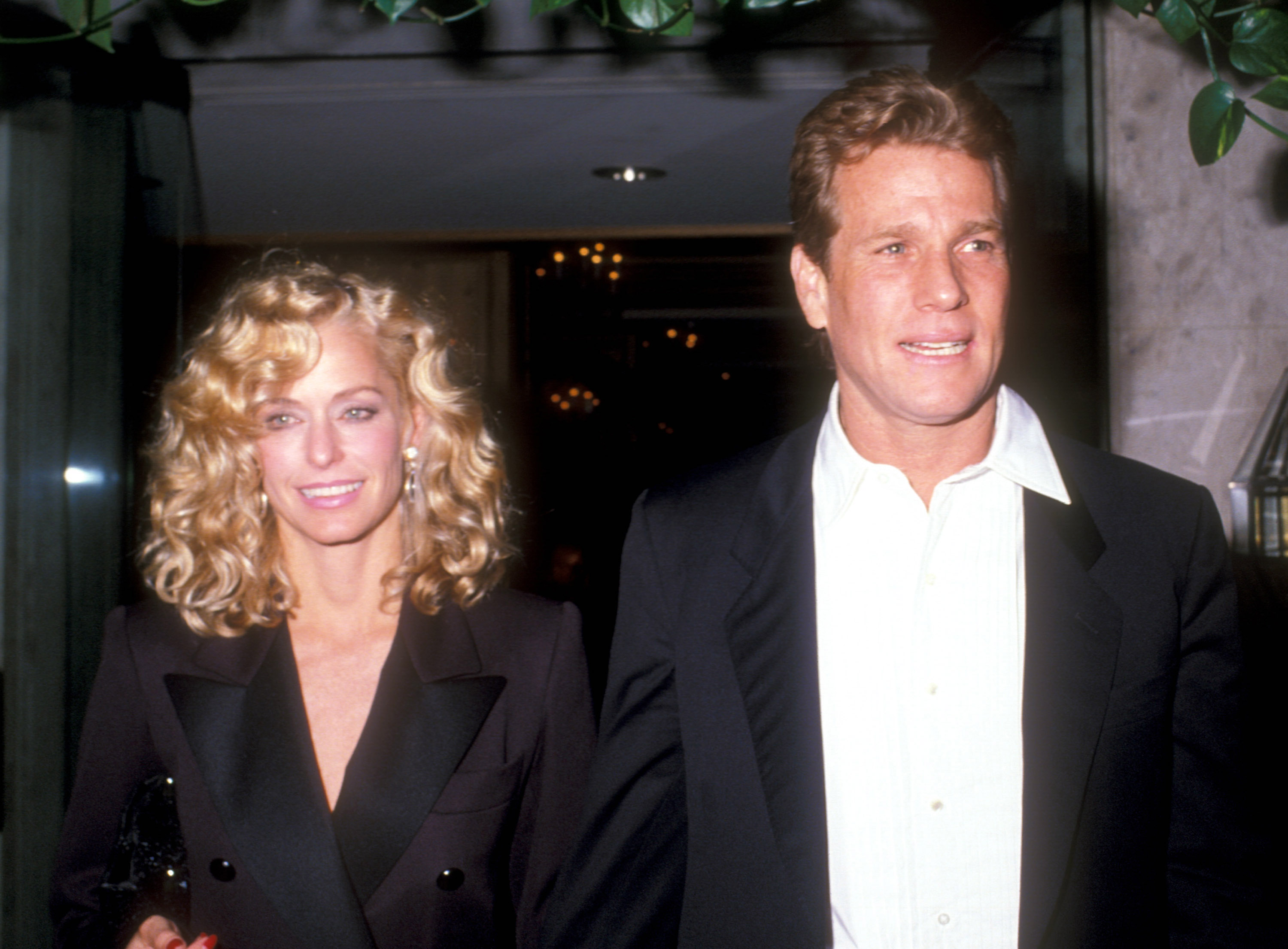
Farrah Fawcett and Ryan O’Neal photographed in Los Angeles, California, on July 18, 1987. | Source: Getty Images
Diagnosed with anal cancer in 2006, Fawcett approached her illness with determination and purpose — driven above all by her love for her only son, Redmond. Her former assistant, Mike Pingel, who worked closely with her between 2005 and 2007, recalled just how fiercely she fought to stay alive.
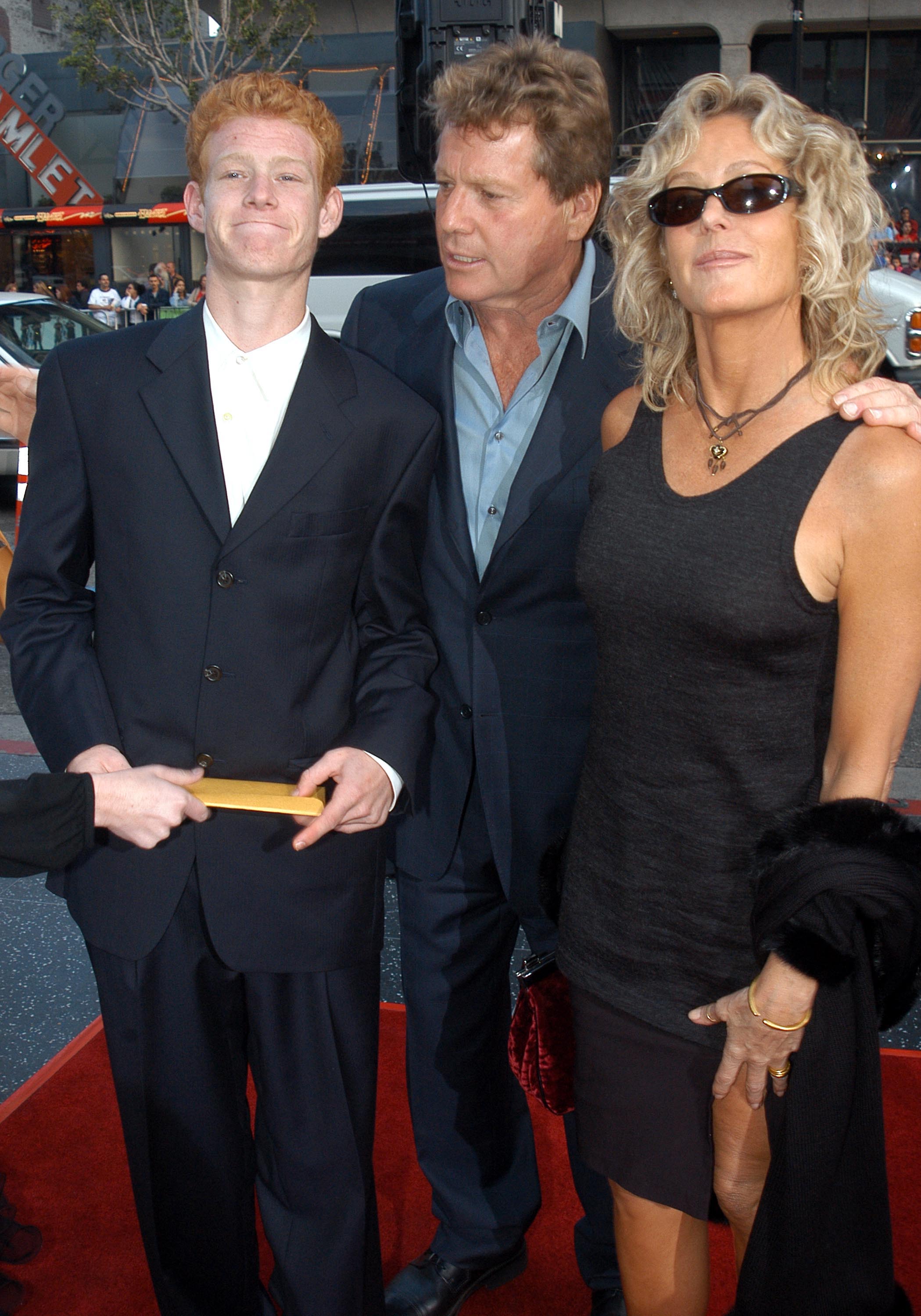
Farrah Fawcett with Redmond and Ryan O’Neal at the Los Angeles premiere of “Malibu’s Most Wanted” in 2003. | Source: Getty Images
“Farrah fought as hard as she could,” he said. “All of it was to be here for Redmond, her child. Redmond was her moon, her stars, her sky, her heart.”
Her battle was not only personal, but deeply public. In 2009, she chose to share the details of her treatment and experiences in the raw, unfiltered documentary “Farrah’s Story,” hoping to raise awareness about the disease.

Farrah Fawcett photographed in 2005. | Source: Getty Images
Thanks to AI-generated images, we get a glimpse of what the actress could have looked like today if the world had not lost her too soon.
In one rendering, she appears seated against a rich burgundy backdrop, her golden curls still voluminous, a subtle smile resting on her face. She wears a bronze satin jacket with a fur collar — a look that channels both elegance and quiet strength.
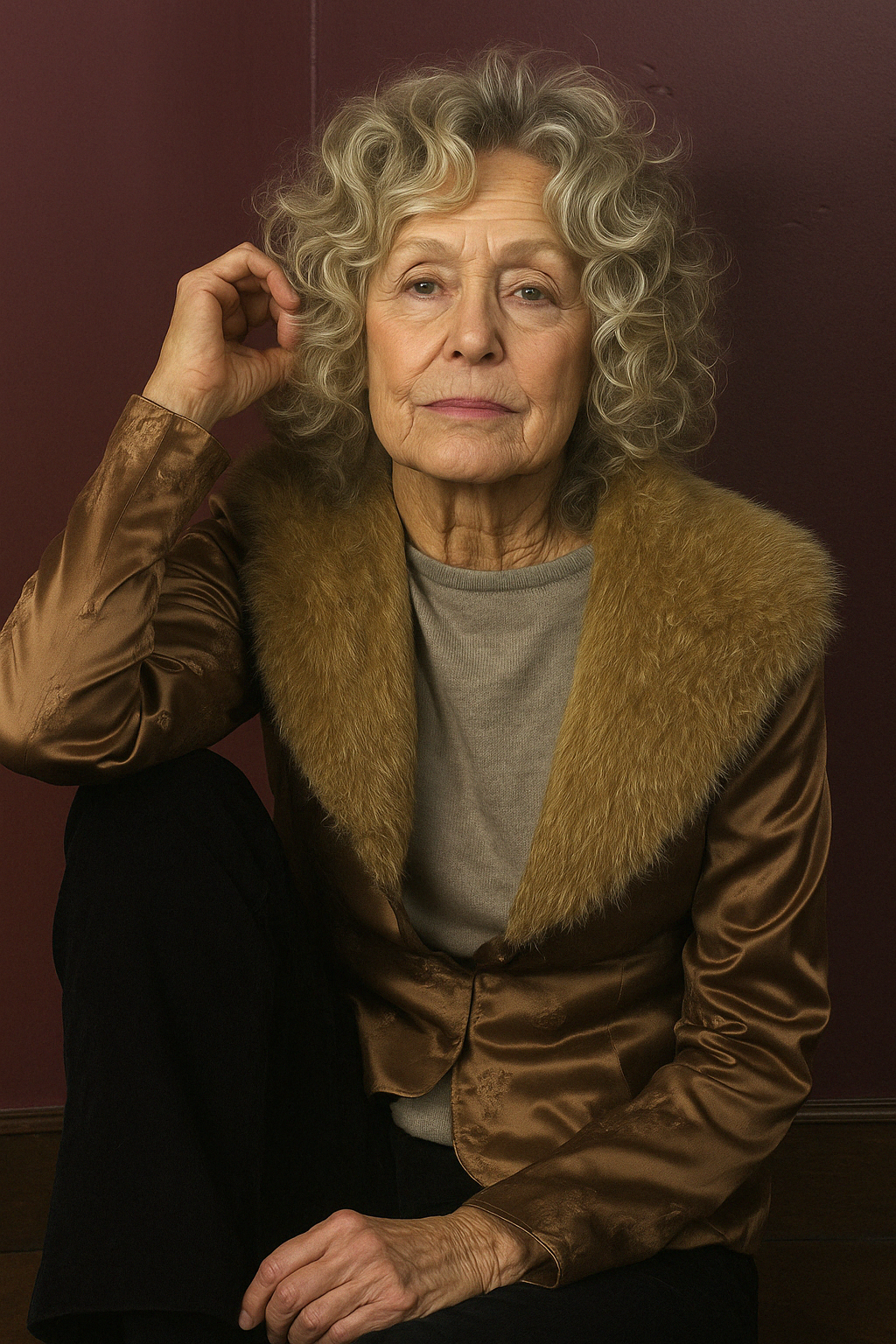
An imagined elderly Farrah Fawcett appears radiant in a bronze satin jacket, her timeless beauty still unmistakable. | Source: AI
Another image shows her in a sleeveless gray turtleneck, her expression serene but alert, framed by long, silvery-blond hair that cascades naturally around her shoulders.
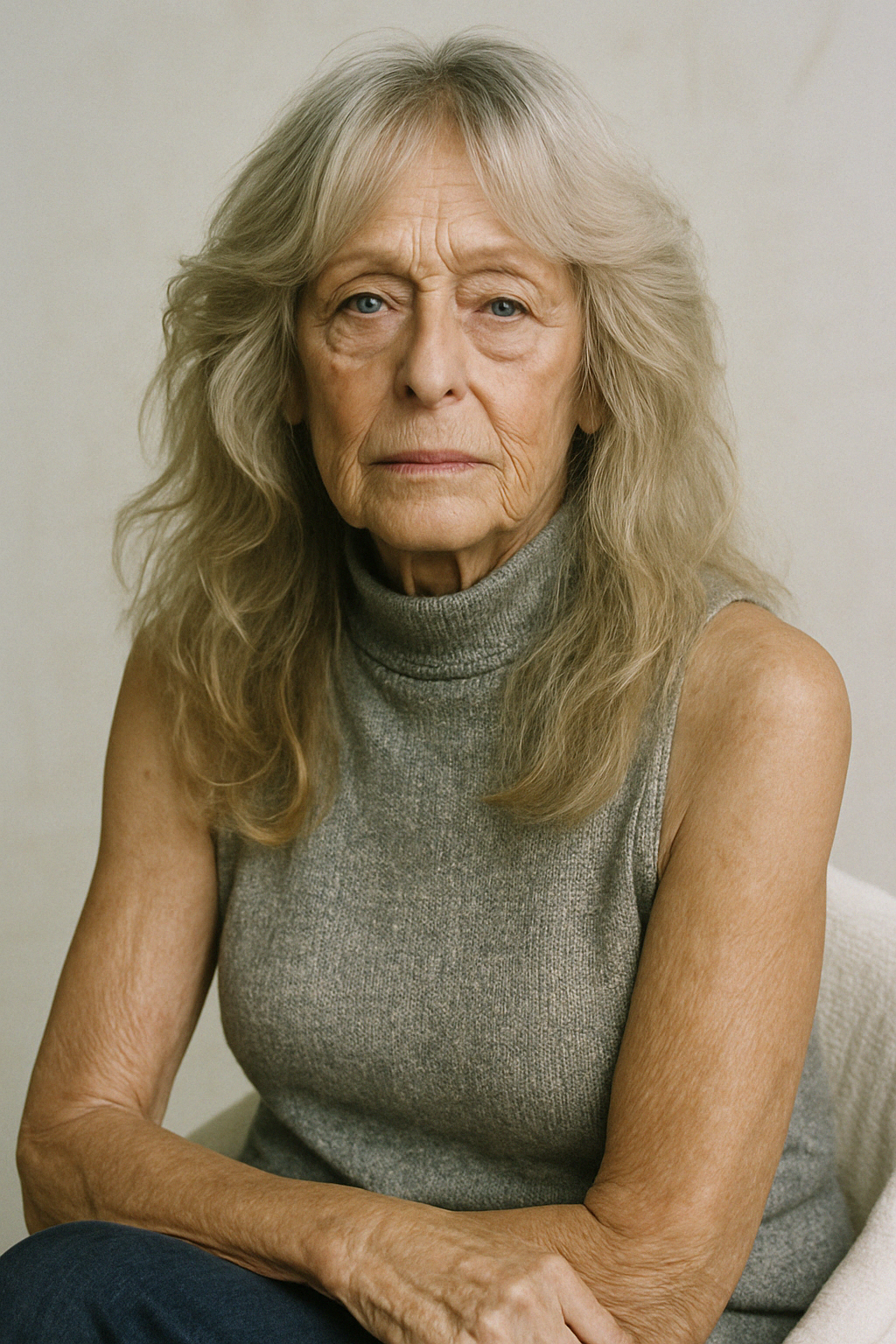
Farrah Fawcett, reimagined later in life, exudes calm strength in a sleek gray turtleneck and flowing silver-blond hair. | Source: AI
In a third portrait, the actress sits on the grass barefoot, wearing a soft pink blouse and jeans. The smile is unmistakable — wide, radiant, and disarming — a reminder of the warmth she often shared with the public.
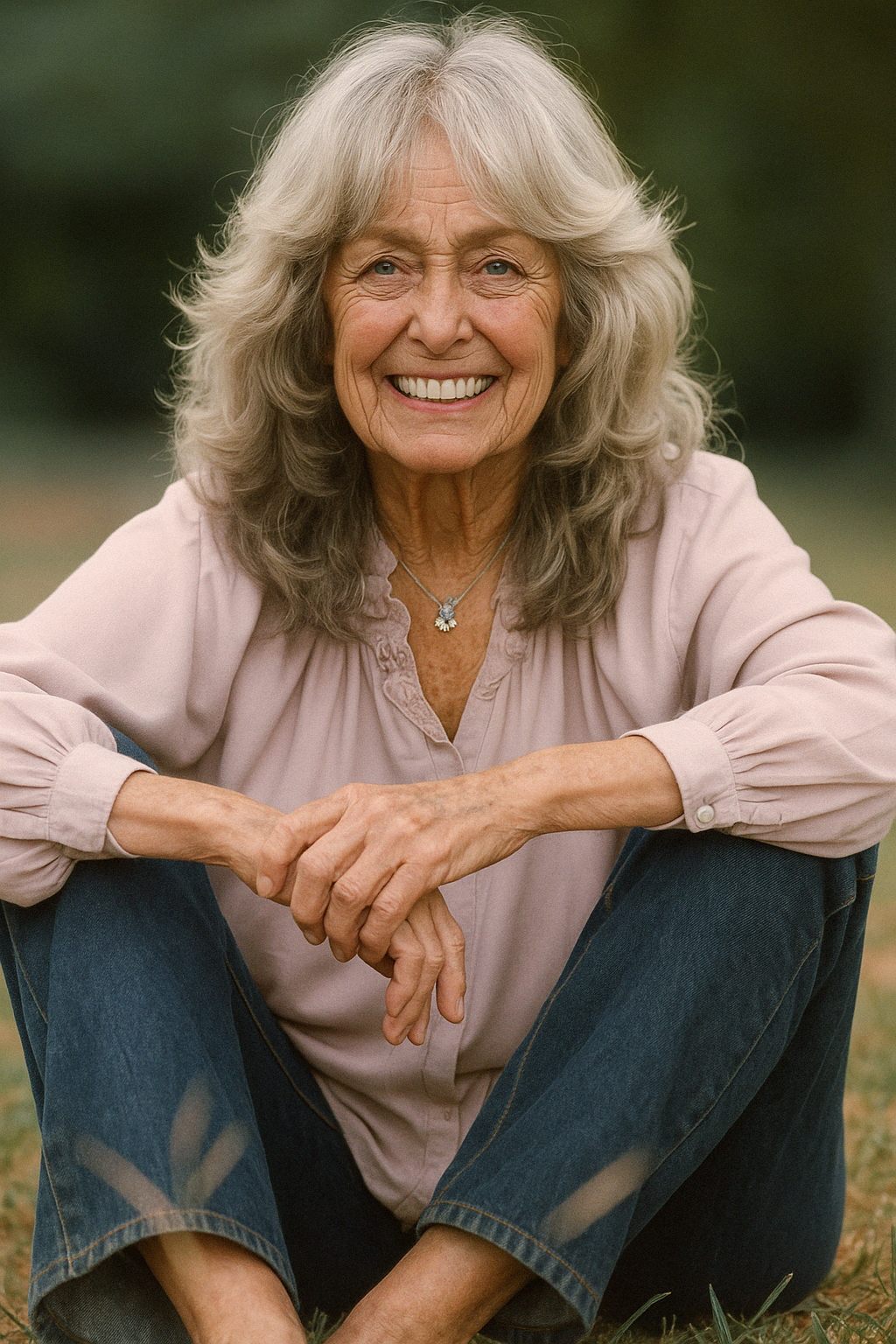
Captured in a serene moment, a smiling Farrah Fawcett relaxes on the grass in a soft pink blouse and jeans. | Source: AI
Another image presents her in a soft tan knit sweater, her expression calm and direct, looking into the camera with the same openness she once showed the world.
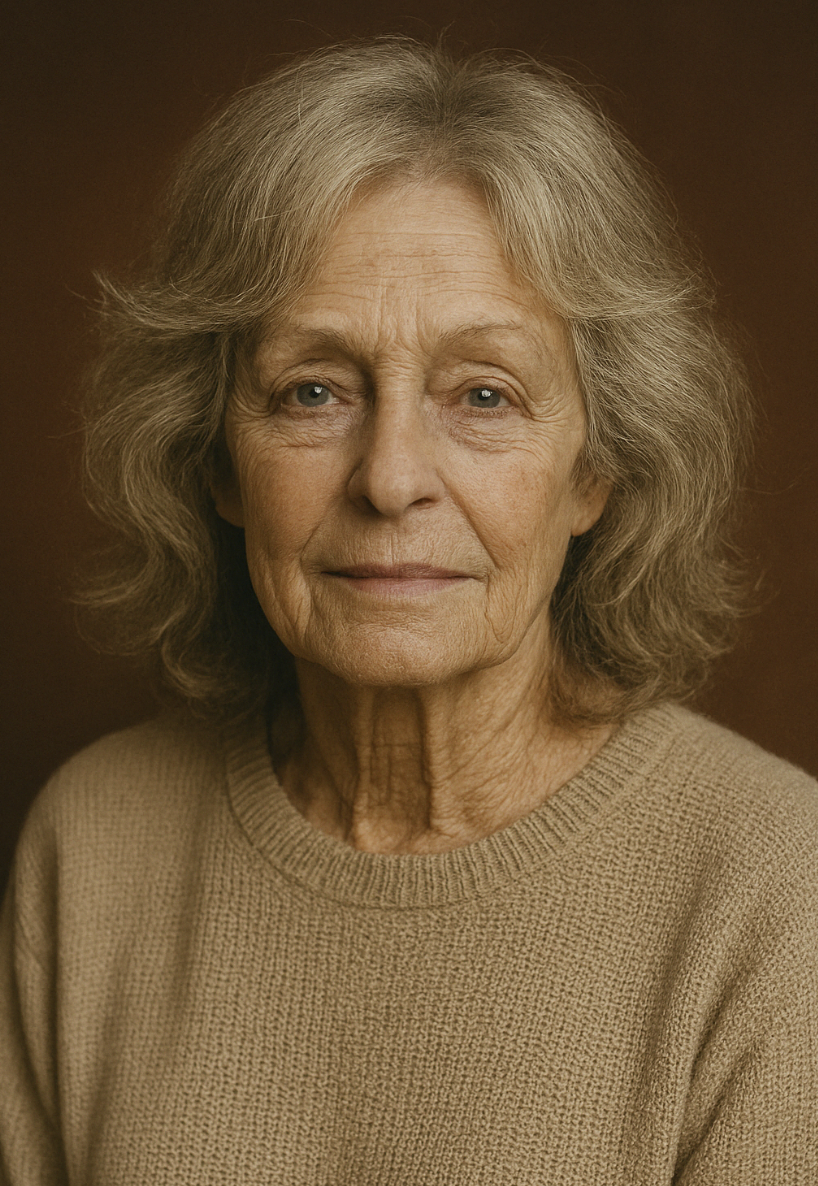
Farrah Fawcett with a gentle yet direct gaze, her face serene in a warm knit sweater. | Source: AI
Steve McQueen
Steve McQueen was the very embodiment of cool — a Hollywood icon whose rugged charm and antihero persona left an indelible mark on cinema.
Known for his roles in classics like “The Great Escape,” “Bullitt,” and “The Magnificent Seven,” he became a symbol of effortless masculinity, grit, and rebellion.
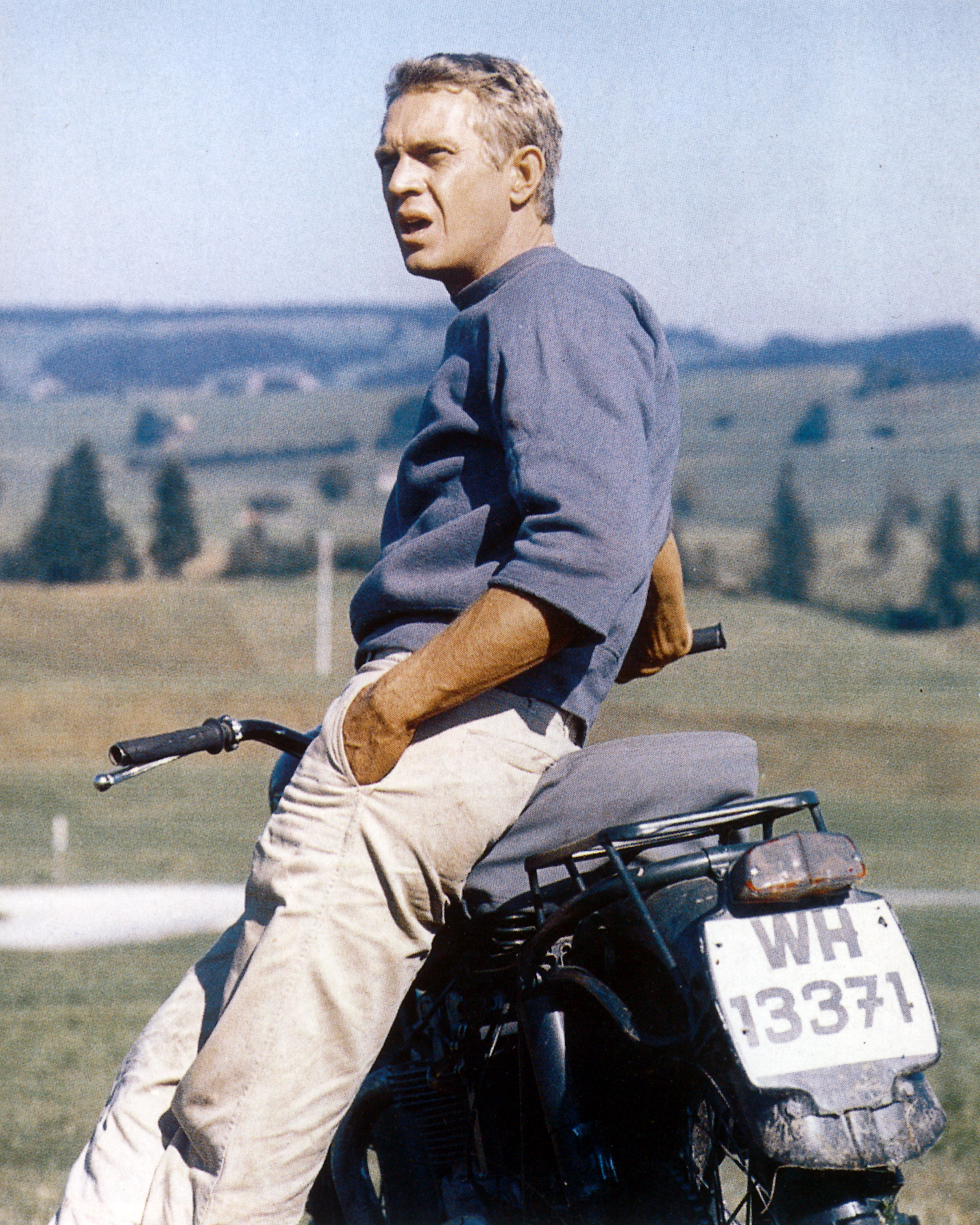
Steve McQueen on the set of “The Great Escape” in 1963. | Source: Getty Images
With his steely gaze, gravelly voice, and signature style, McQueen wasn’t just a movie star — he was a cultural force. Sadly, in 1979, he was diagnosed with mesothelioma, a rare and aggressive form of lung cancer often linked to asbestos exposure.
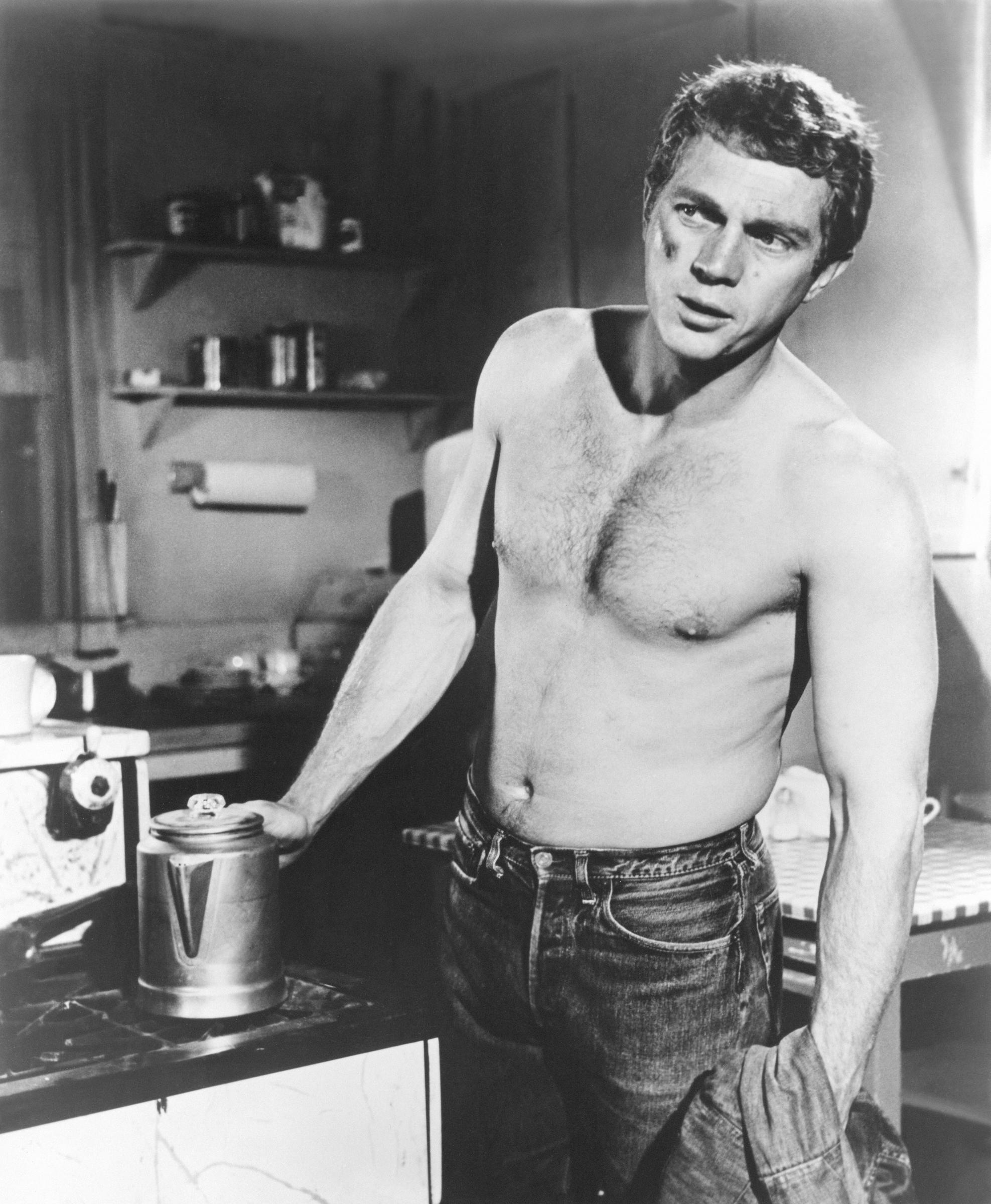
Steve McQueen on the set of “Baby the Rain Must Fall” in 1965. | Source: Getty Images
As the disease progressed rapidly through his body, the actor rejected conventional treatment options and traveled to Mexico, seeking alternative therapies.
These reportedly included a mix of large vitamin doses, an organic diet, injections of animal cells, and coffee enemas — an unorthodox regimen that stirred both hope and controversy.
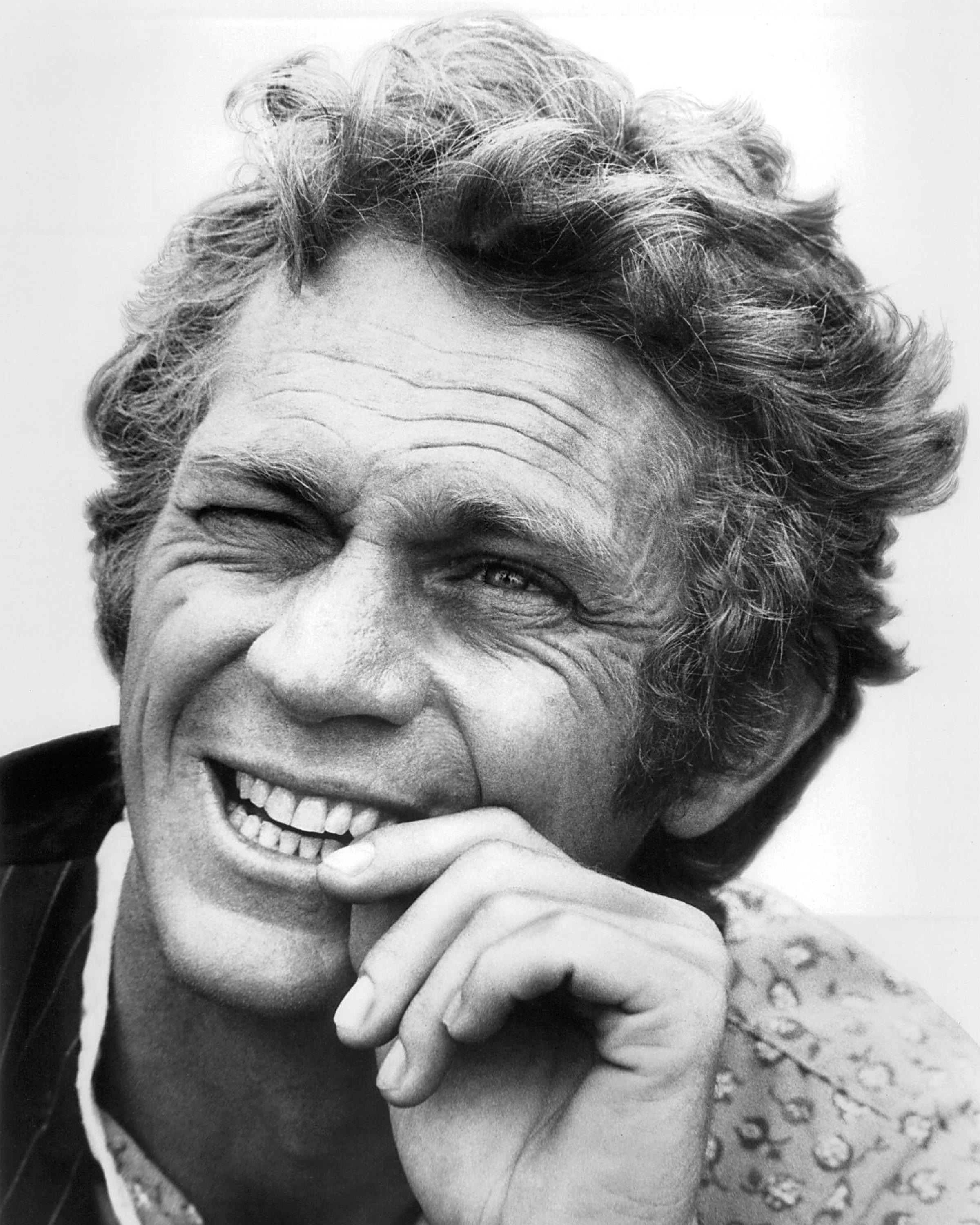
Steve McQueen as Boon Hogganbeck in “The Reivers” circa 1969. | Source: Getty Images
By the time he arrived at the Santa Rosa Clinic in Ciudad Juárez, he was allegedly using a cane and walking with great difficulty. Dr. Cesar Santos Vargas, a heart and kidney specialist at the clinic, later revealed the extent of McQueen’s condition.
A massive tumor had overtaken his right lung, spreading to the left lung, neck, and intestines. Though advised that surgery was too risky, McQueen insisted on undergoing the procedure. He checked in under the name Samuel Sheppard.
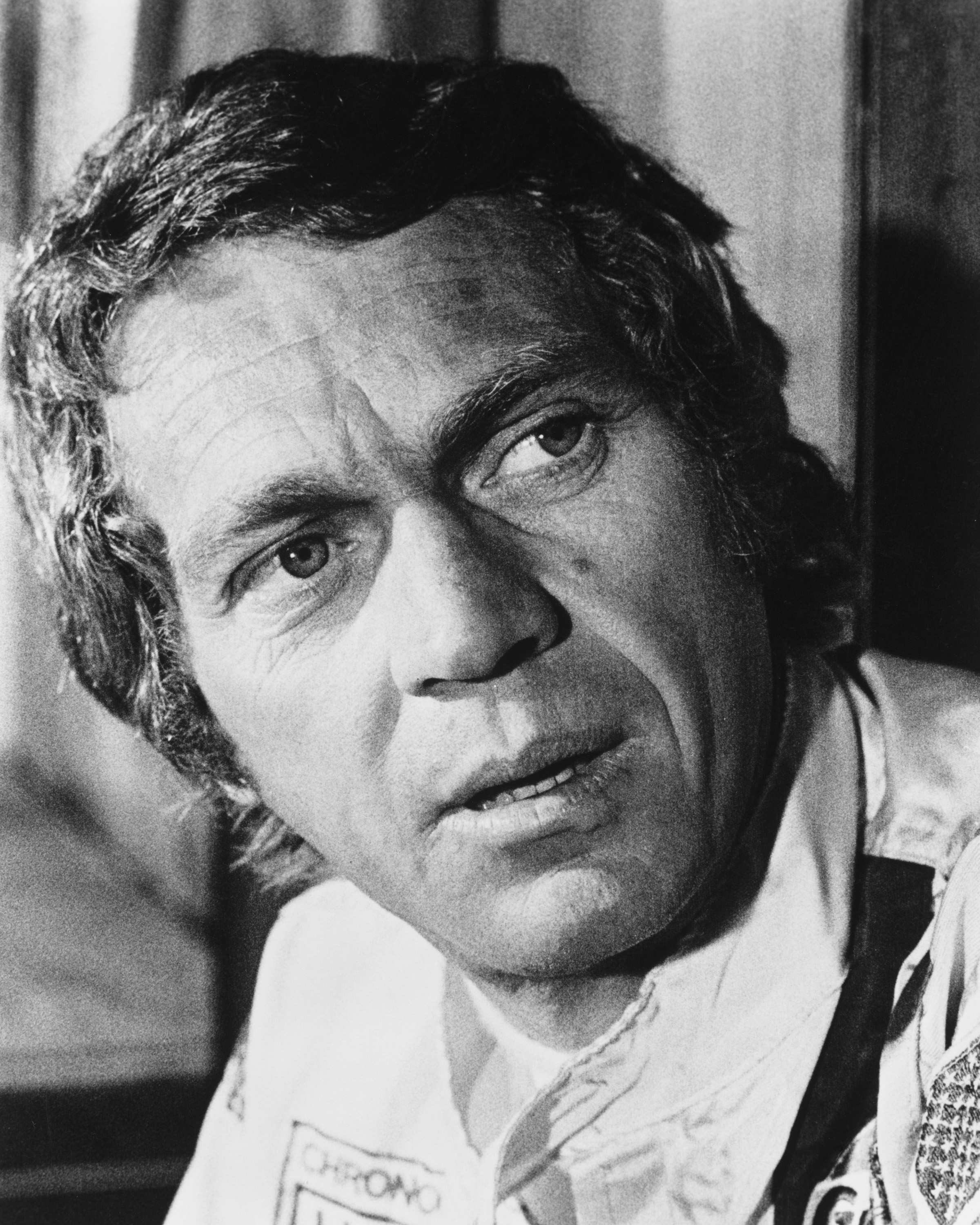
Steve McQueen filming “Le Mans” in 1971 | Source: Getty Images
Following a grueling 12-hour operation to remove the tumors, the Hollywood icon gave a thumbs-up and, in Spanish, said, “Lo hice!” — “I did it!” But his body couldn’t recover. Shortly afterward, he suffered a fatal embolism.
According to reports, he died in his sleep on November 7, 1980. He was cremated, and his ashes were scattered in the Pacific Ocean.
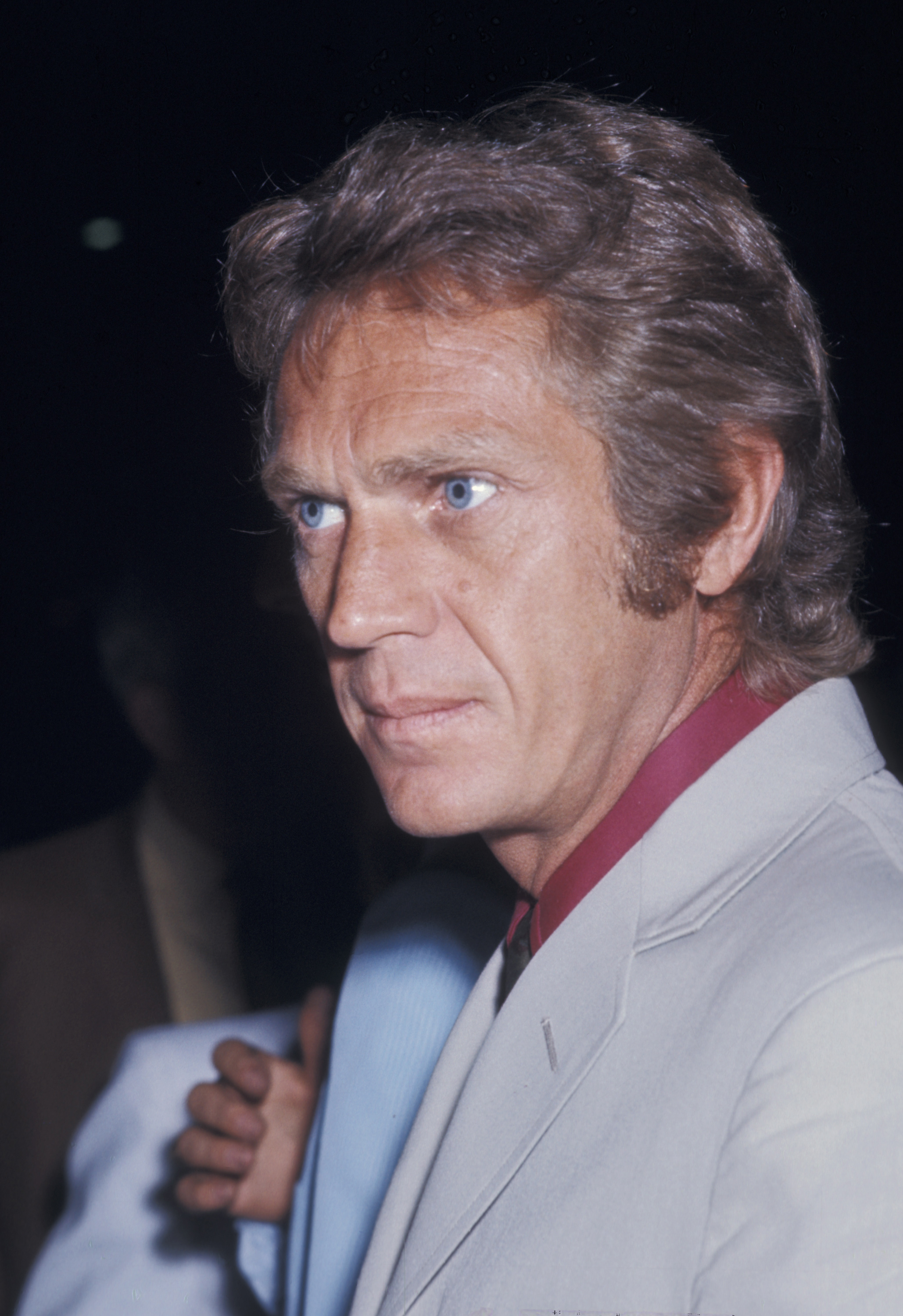
Steve McQueen photographed at Mr. Chow’s Restaurant in Beverly Hills, California, in 1978. | Source: Getty Images
AI-generated images reimagine what McQueen might have looked like had he lived into his later years — not just the face of an aging actor, but a man who may have grown into his legend.
One portrait presents him in a soft blue button-down shirt, his gaze contemplative, silver hair neatly parted, and suspenders draped over his shoulders. Time has settled gently across his face, but the same piercing eyes remain — sharp, observant, and full of presence.
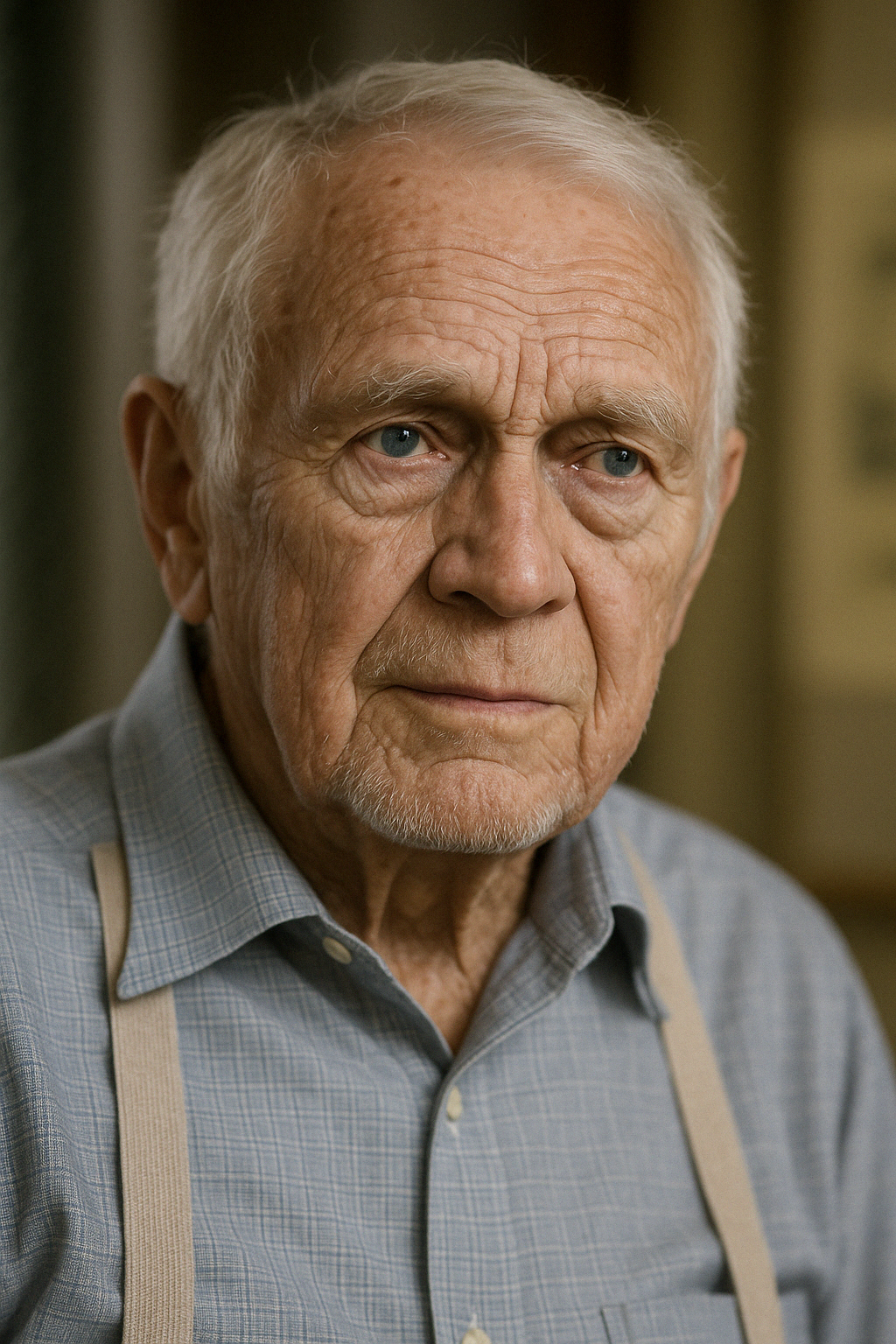
An imagined elderly Steve McQueen, dignified in a blue button-down and suspenders, with his signature intensity still present. | Source: AI
Another photograph captures McQueen standing in front of a classic car on an open road, wearing a vintage-style lace-up polo. He appears relaxed, smiling faintly — the picture of a man still connected to his lifelong love of cars and racing.
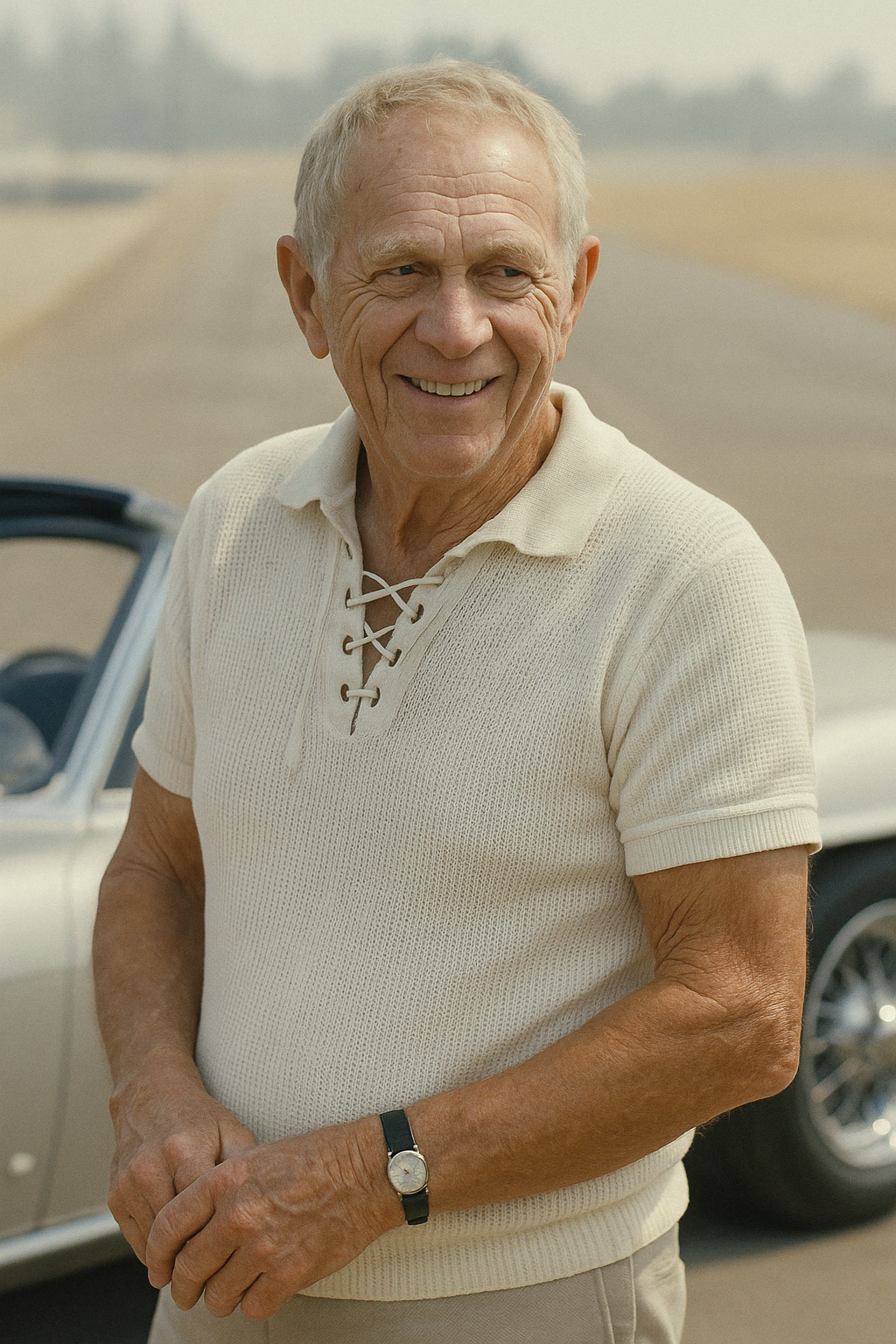
Steve McQueen reimagined later in life — relaxed, smiling slightly, and standing beside a classic car on an open road. | Source: AI
A final image shows him against a deep red backdrop, dressed in a textured maroon sweater. His expression is serious but grounded, as though reflecting on a life fully lived.
The lines across his face suggest experience, survival, and reflection — a quiet contrast to the action-driven persona he projected in youth.

Aged but unshaken, Steve McQueen appears contemplative in a maroon sweater, his stare still sharp and commanding. | Source: AI
These AI-generated portraits don’t just show how these icons might have aged — they offer a powerful reminder of the lives and legacies that continue to resonate long after their time. Though gone too soon, they remain unforgettable.
